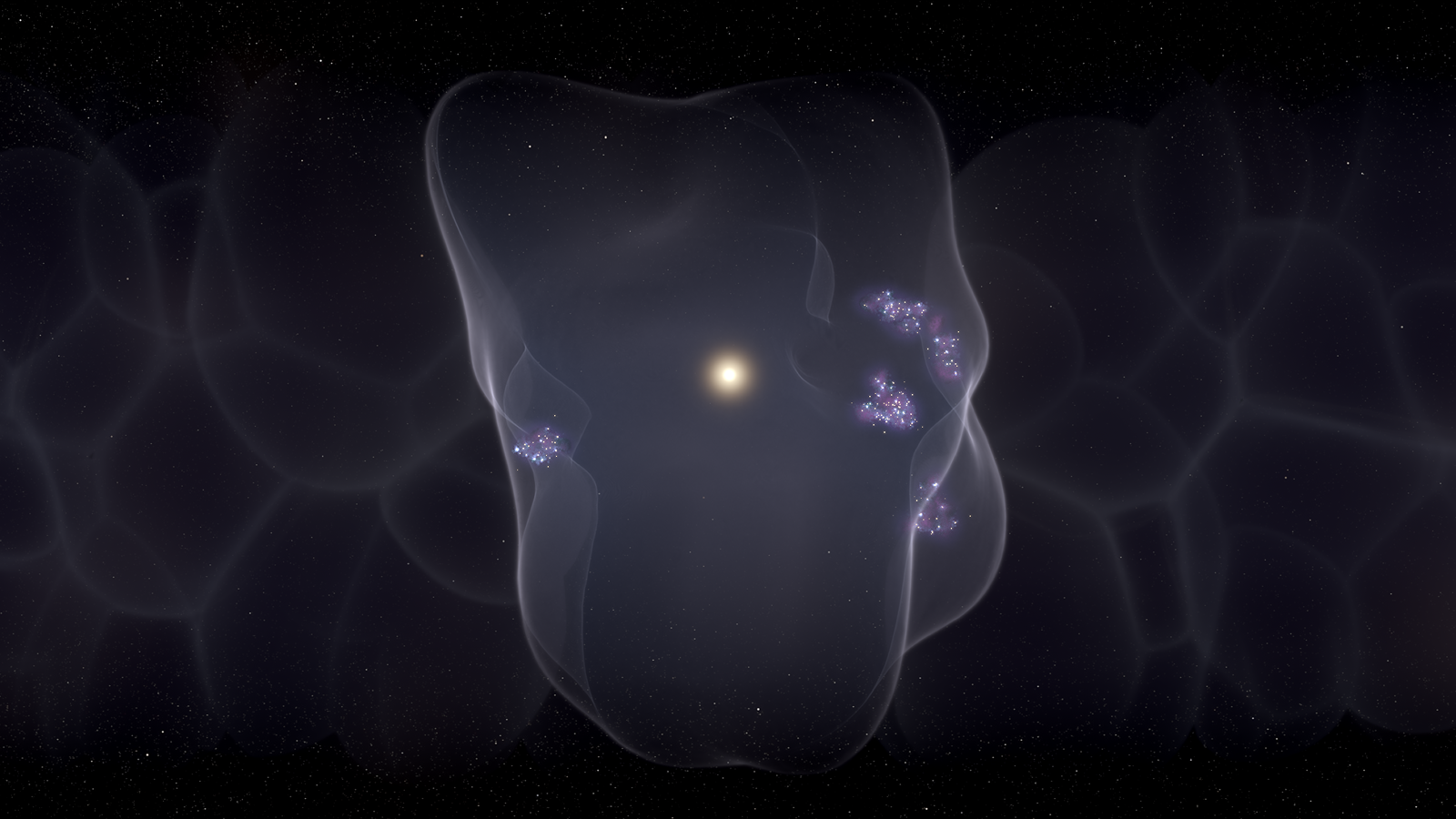Are Shingles Funny?
This Week's Question. I heard a comedian make a humorous reference to "shingles." I had shingles and I didn't find any humor in the experience. Am I missing something?
Shingles is a painful skin disease caused by the chickenpox virus awakening from a dormant state to attack your body again. Some people report fever and weakness when the disease starts. Within two to three days, a red, blotchy rash develops. The rash erupts into small blisters that look like chickenpox. And it's very painful.
Does this sound funny? I don't think so....
Anyone who has had chicken-pox can get shingles. Half of all Americans will get shingles by the time they are 80. Shingles occurs in people of all ages, but it is most common in people between 60 and 80. Each year, about 600,000 Americans are diagnosed with shingles.
The virus that causes chickenpox and shingles remains in your body for life. It stays inactive until a period when your immunity is down. And, when you're older, your defenses ain't what they used to be.
The inactive virus rests in nerve cells near the spine. When it reactivates, it follows a single nerve path to the skin. The shingles rash helps with its diagnosis; the rash erupts in a belt-like pattern on only one side of the body, or it appears on one side of the face. It usually begins as a patch of red dots which become blisters.
Physicians treat shingles with antiviral and pain medications. The antivirals don't cure shingles, but they weaken the virus, reduce the pain and accelerate healing. The antiviral medications work faster if they are started early — within 72 hours from the appearance of the rash.
Get the world’s most fascinating discoveries delivered straight to your inbox.
The disease's name comes from the Latin word cingulum, which means belt. The virus that causes shingles is varicella-zoster, which combines the Latin word for little pox with the Greek word for girdle. In Italy, shingles is often called St. Anthony's fire.
If you have had chickenpox, shingles is not contagious. If you have never had chickenpox, you can catch the virus from contacting the fluid in shingles blisters. However, you will not get shingles, but you could get chickenpox.
The pain of shingles can be severe. If it is strong and lasts for months or years, it is called postherpetic neuralgia. Persistent pain is a common symptom in people over 60. However, most victims of shingles overcome their symptoms in about a month. And the odds are against them getting shingles again.
Outbreaks that start on the face or eyes can cause vision or hearing problems. Even permanent blindness can result if the cornea of the eye is affected. In patients with immune deficiency, the rash can be much more extensive than usual and the illness can be complicated by pneumonia. These cases, while more serious, are rarely fatal.
There is a vaccine for shingles. It is Zostavax, which was approved by the Food and Drug Administration for use in people 60 years old and older to prevent shingles. Zostavax does not treat shingles or post-herpetic neuralgia once it develops.
In a clinical trial involving thousands of adults 60 years old or older, Zostavax prevented shingles in about half of the people and post-herpetic neuralgia in 67 percent of the study participants. While the vaccine was most effective in people 60-69 years old, it also provided some protection for older groups.
The Healthy Geezer column publishes each Monday on LiveScience. If you would like to ask a question, please write fred@healthygeezer.com. © 2009 by Fred Cicetti.
Previous Healthy Geezer columns:


